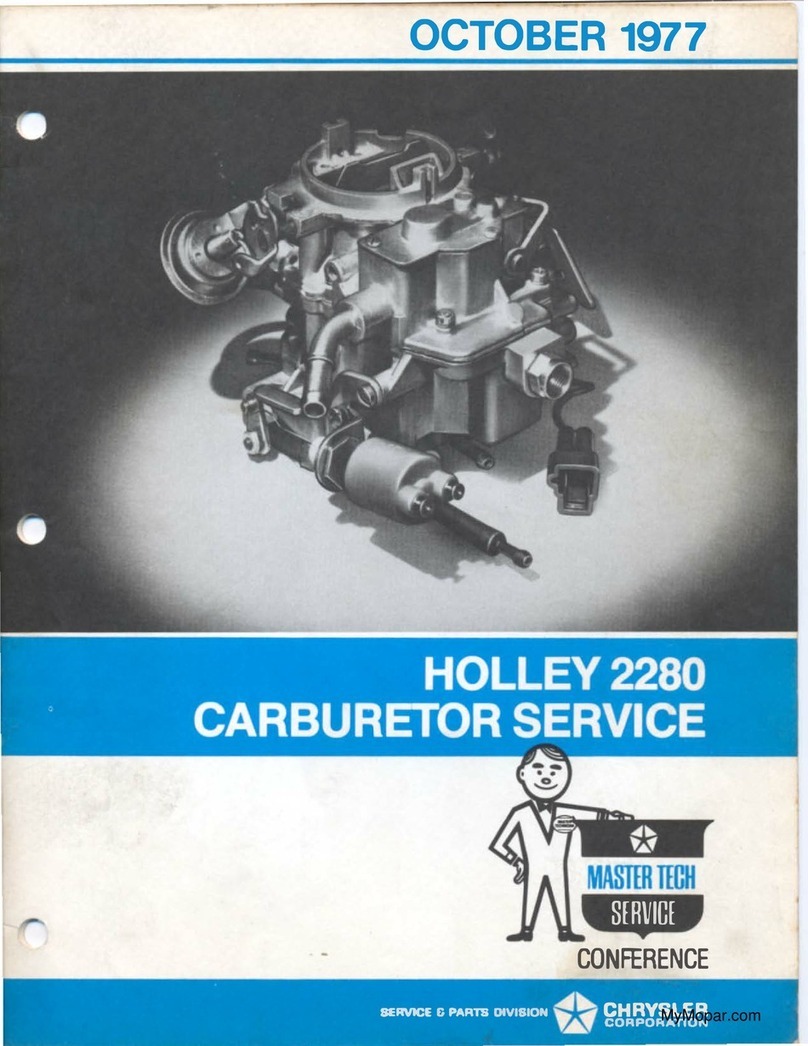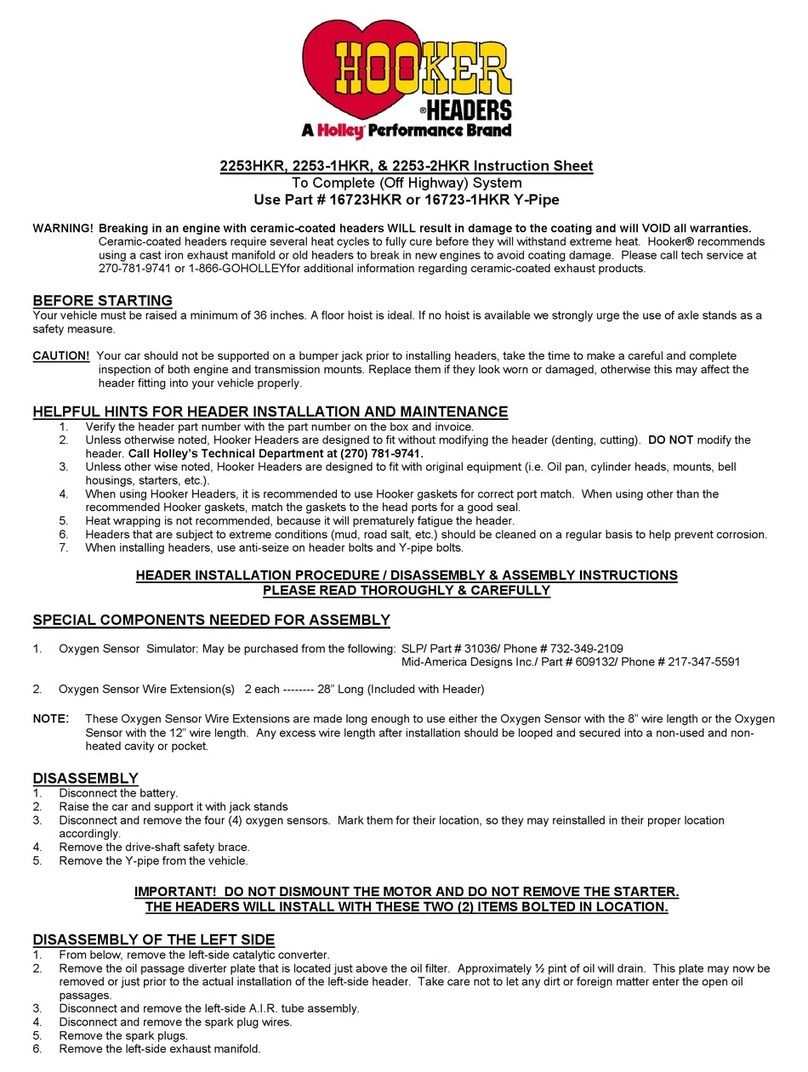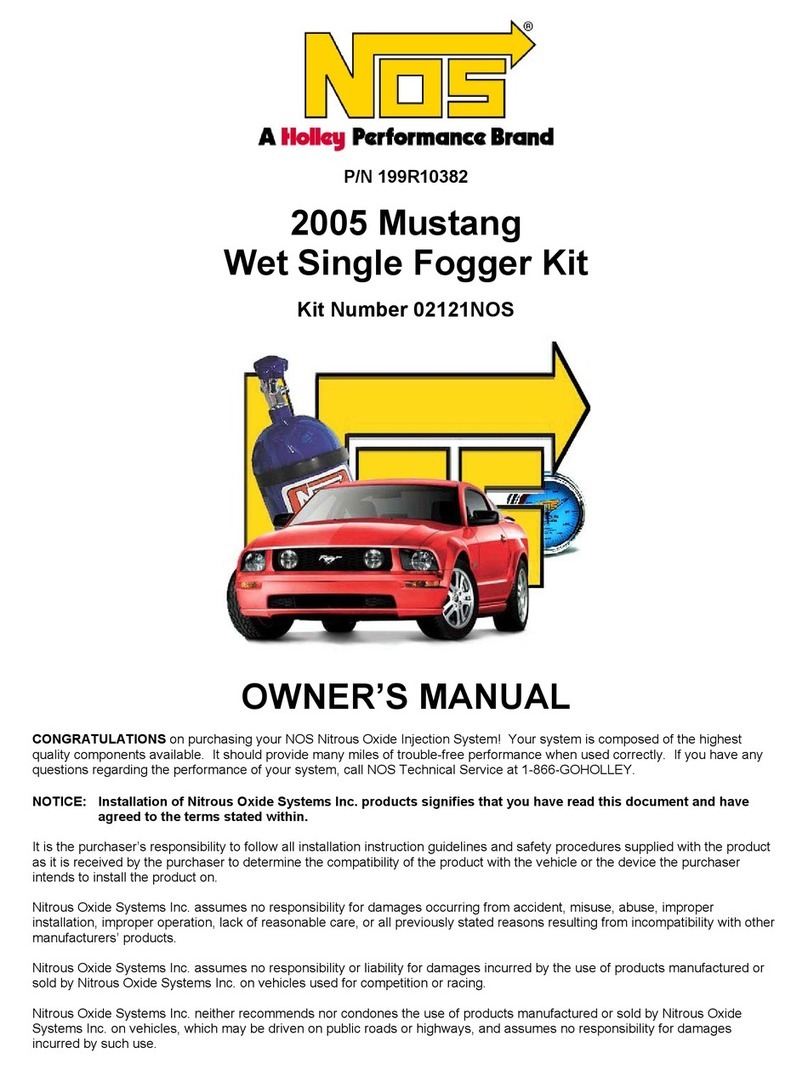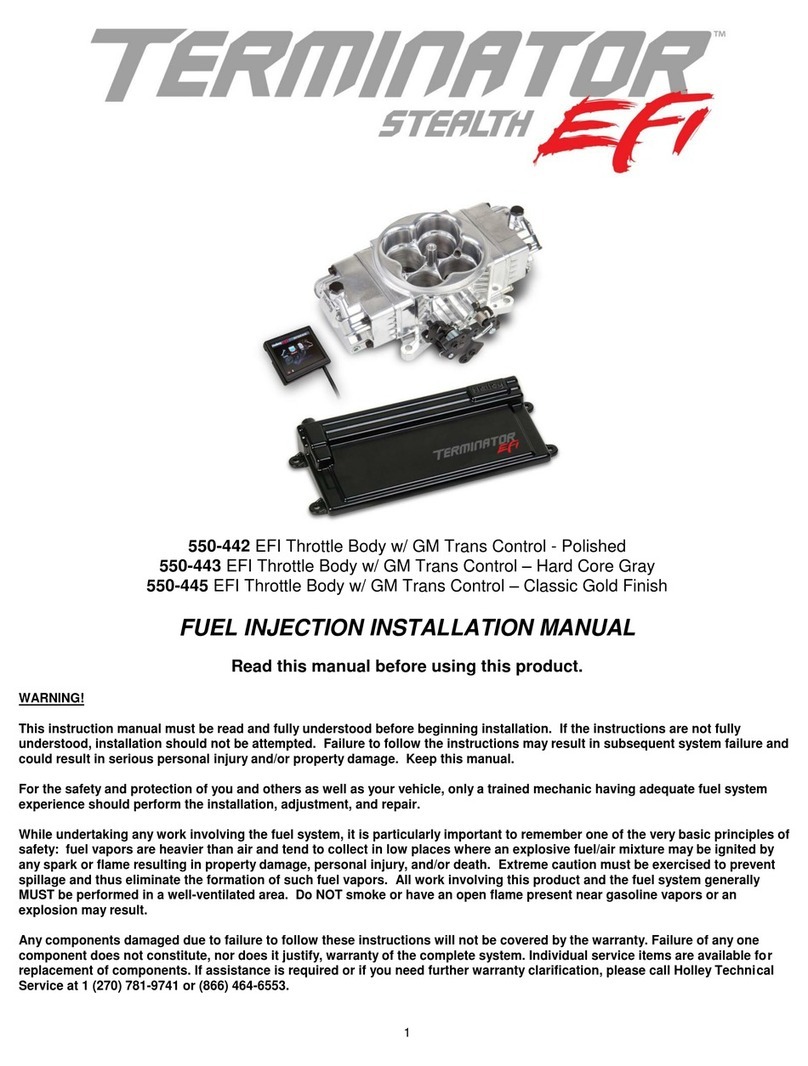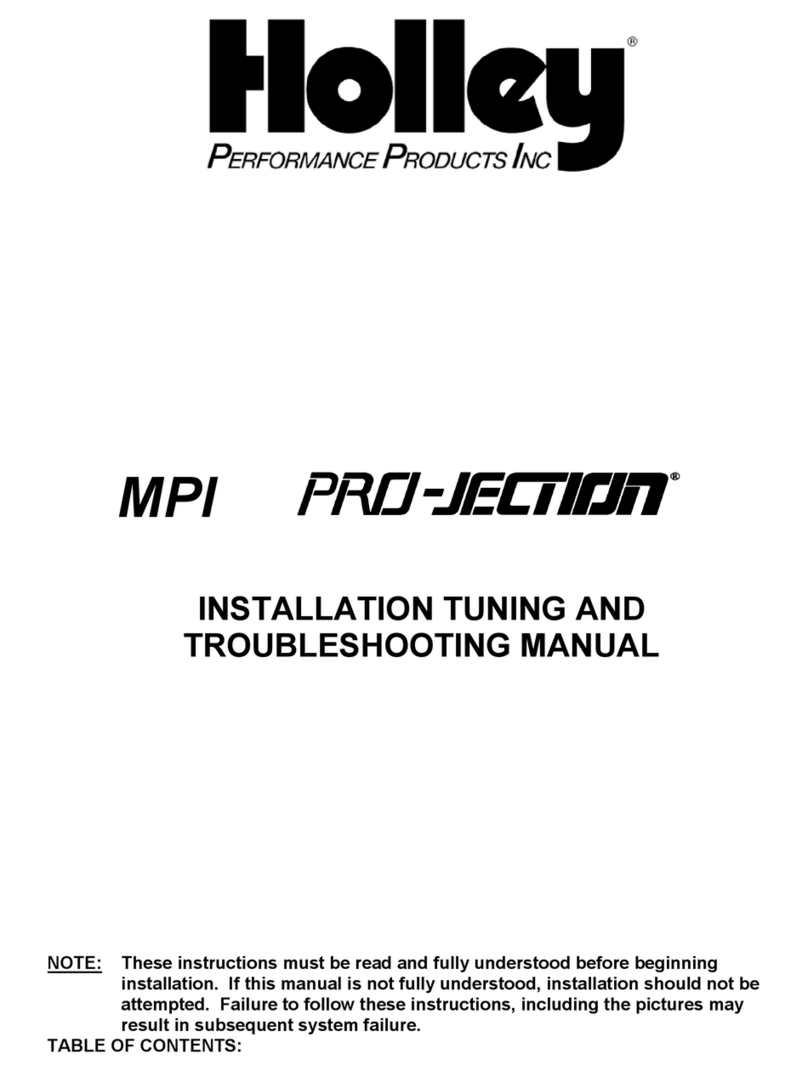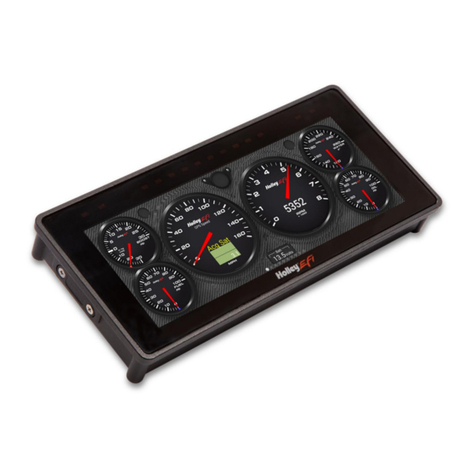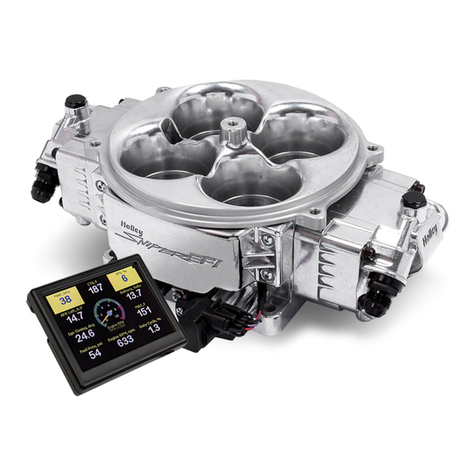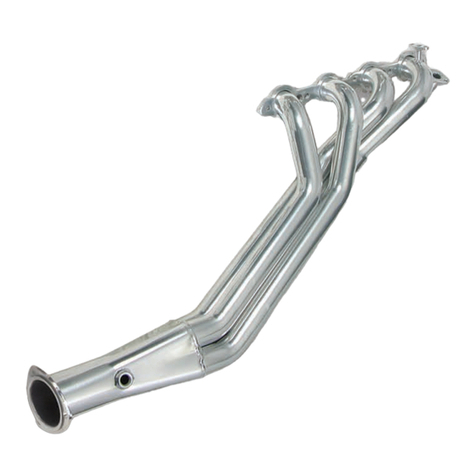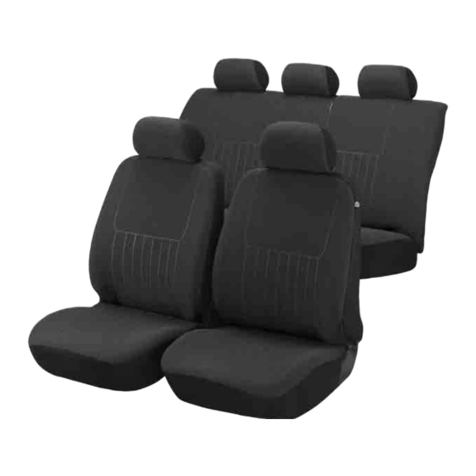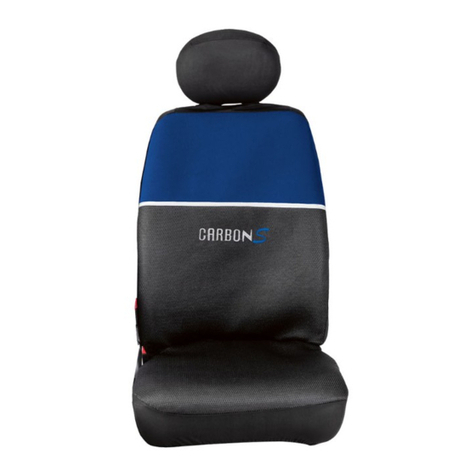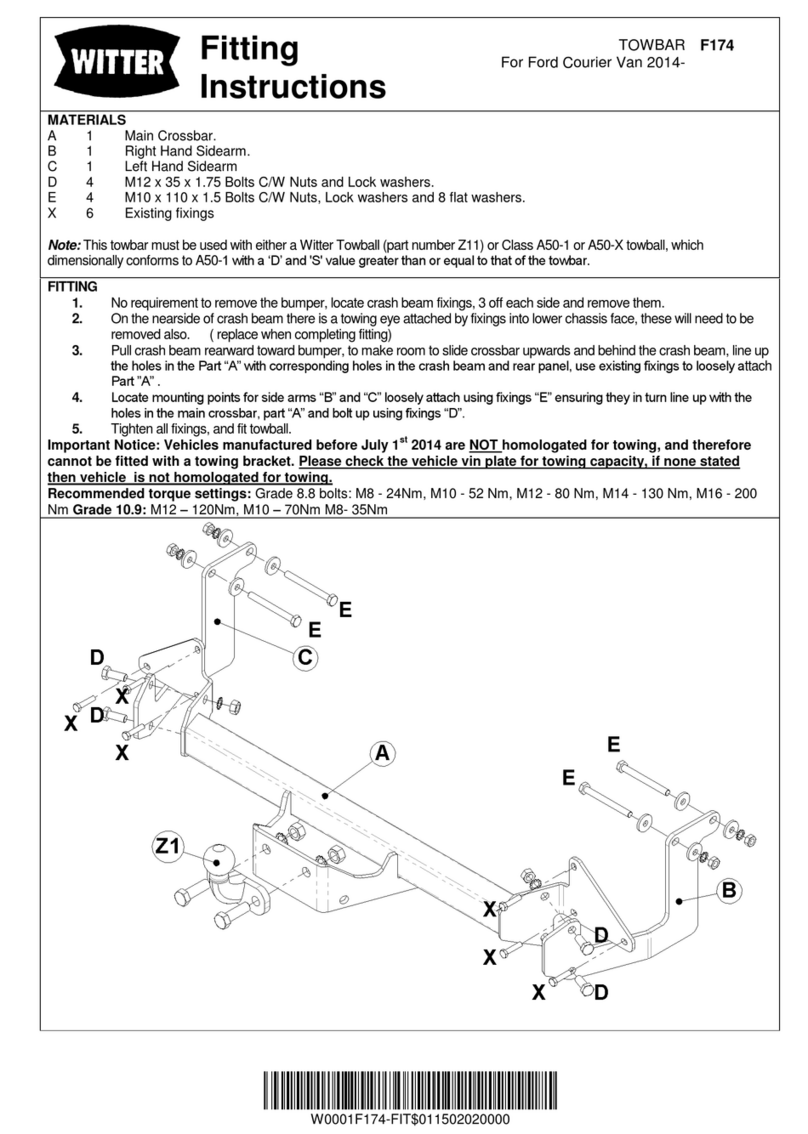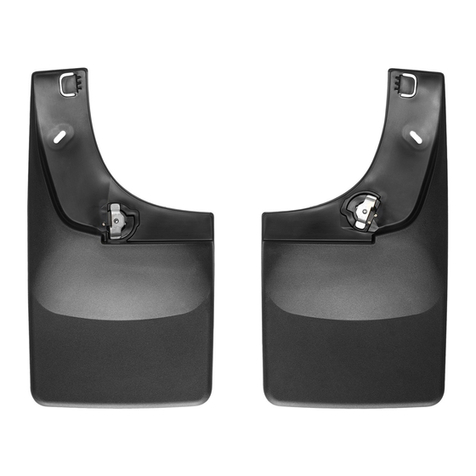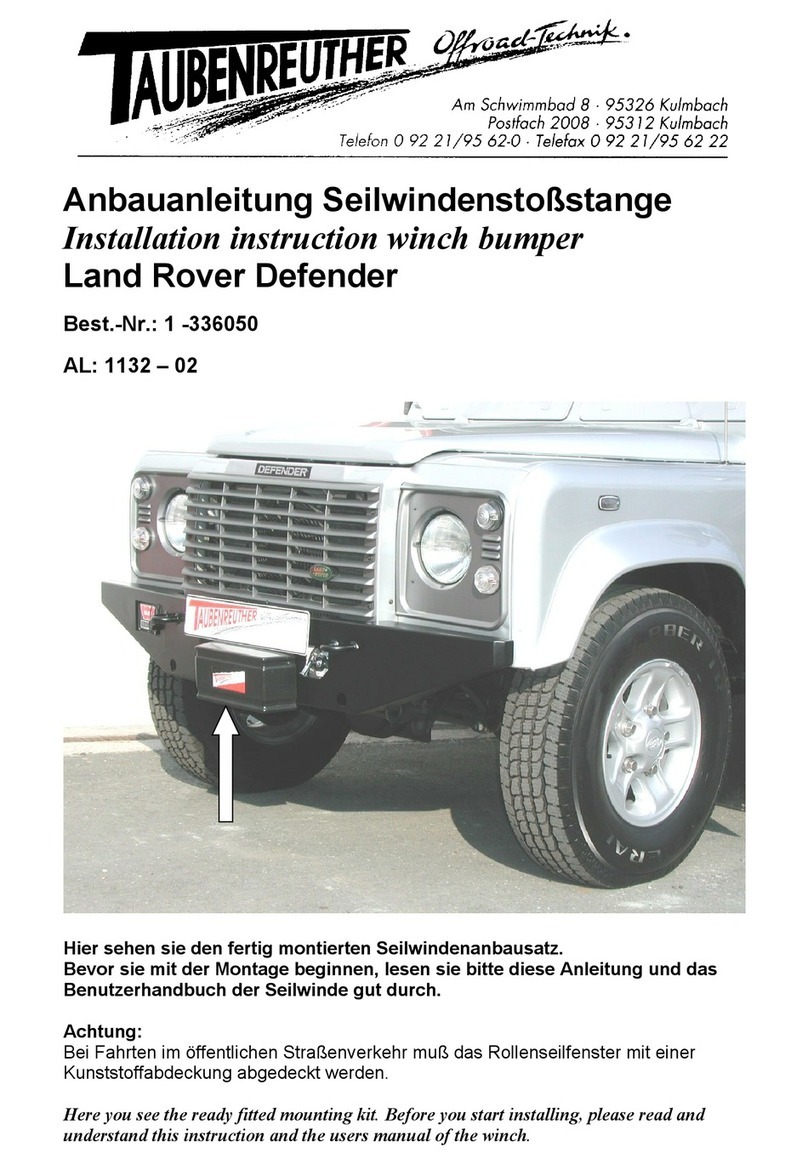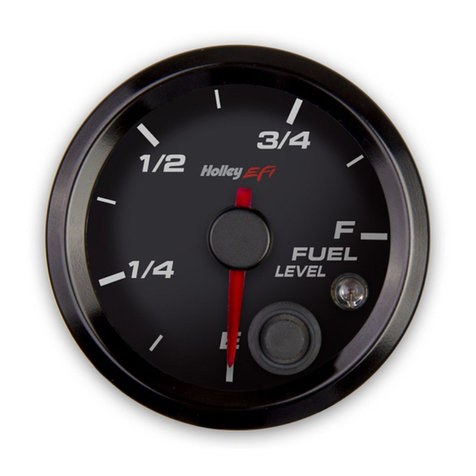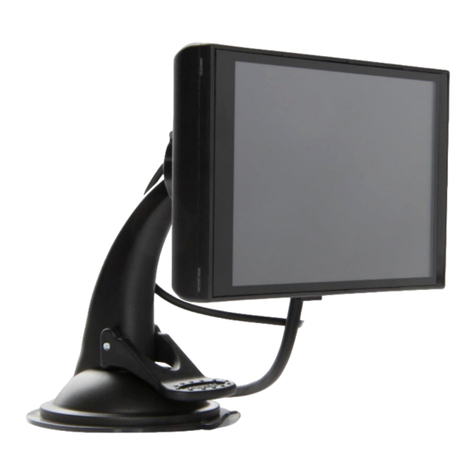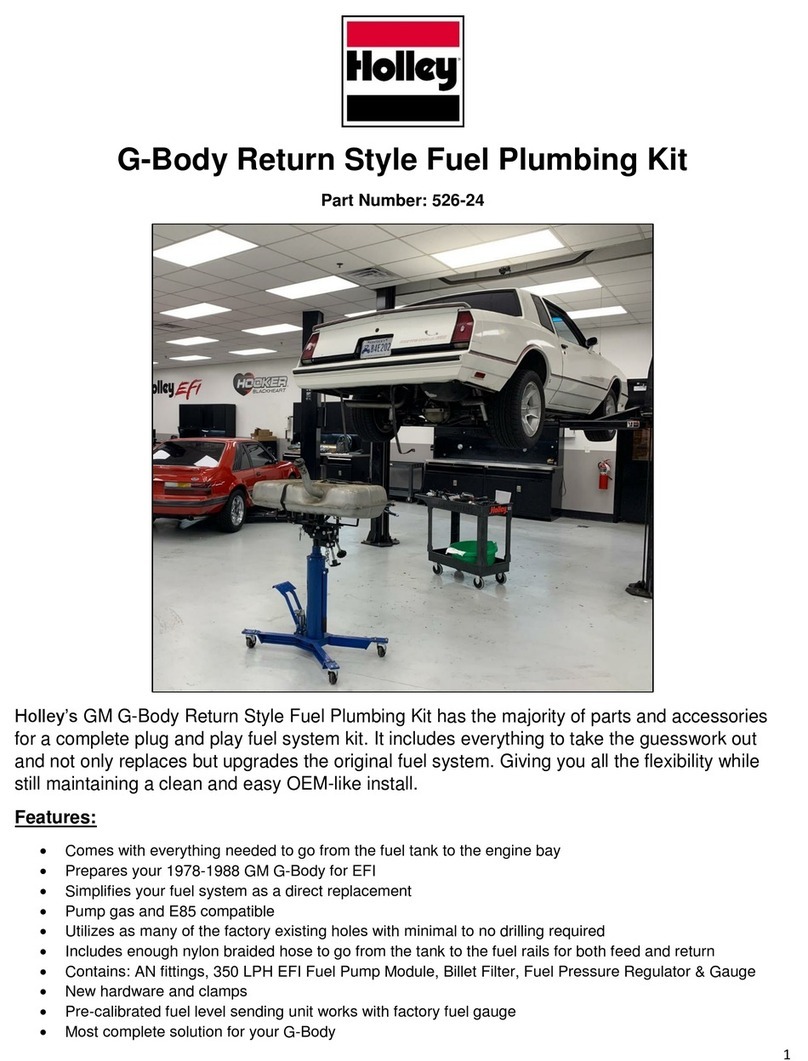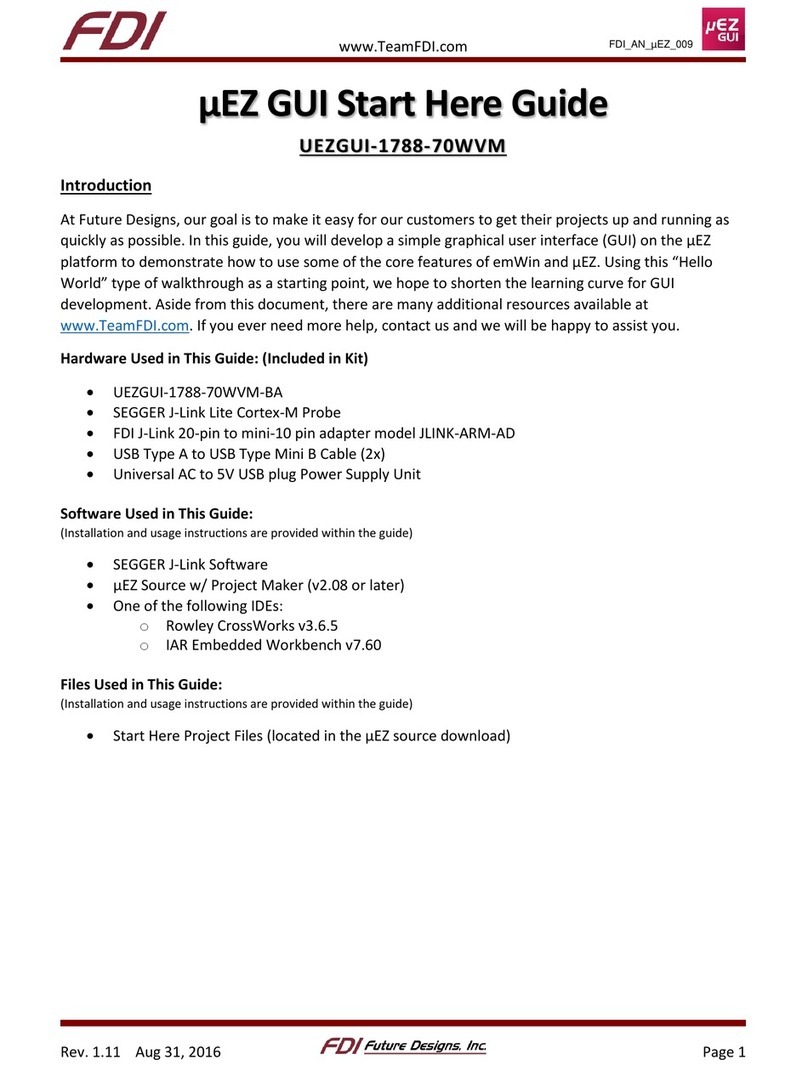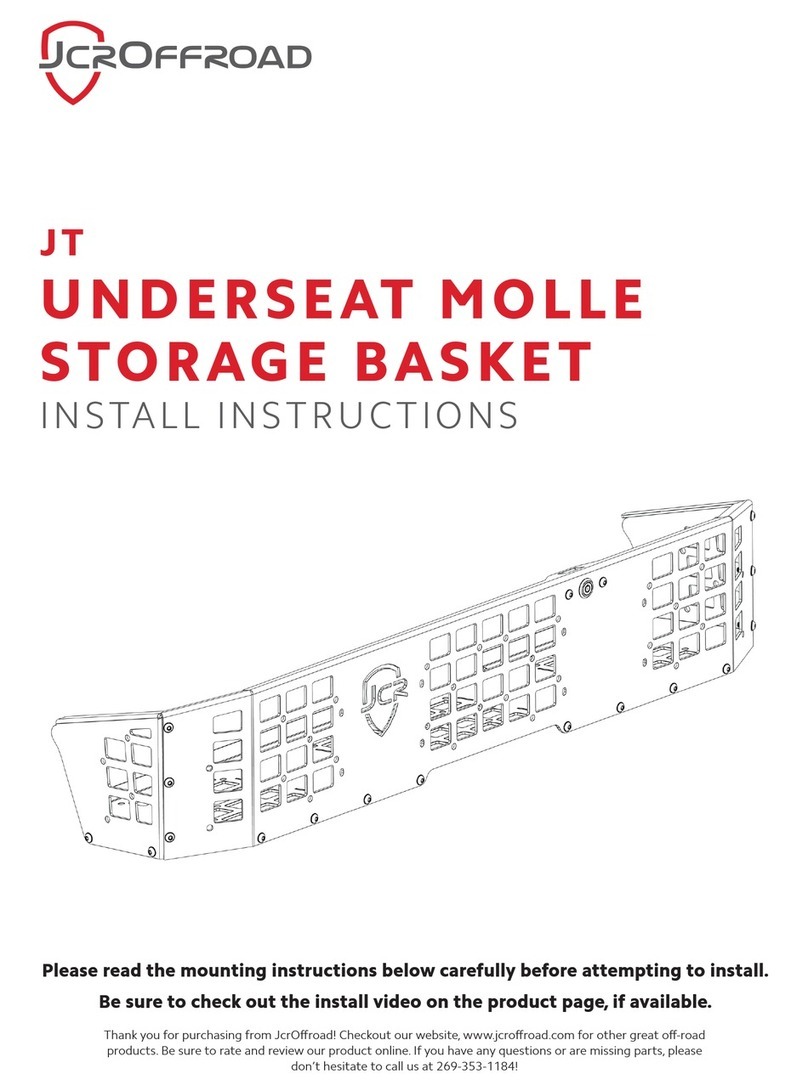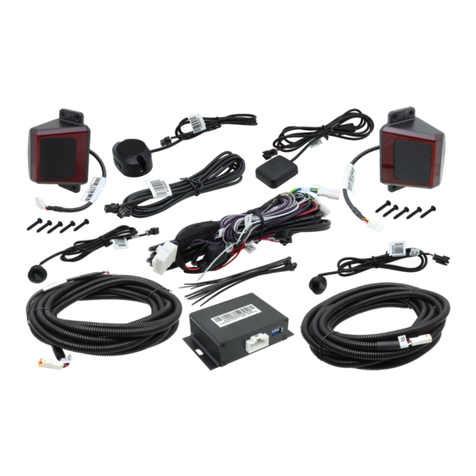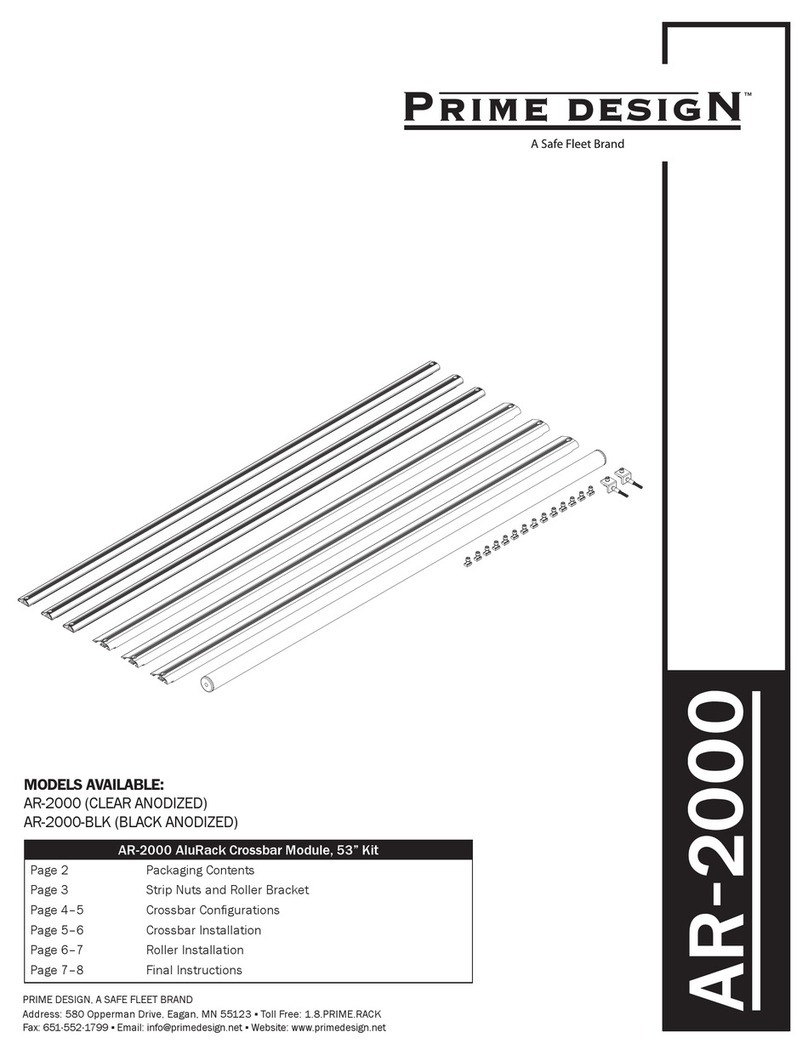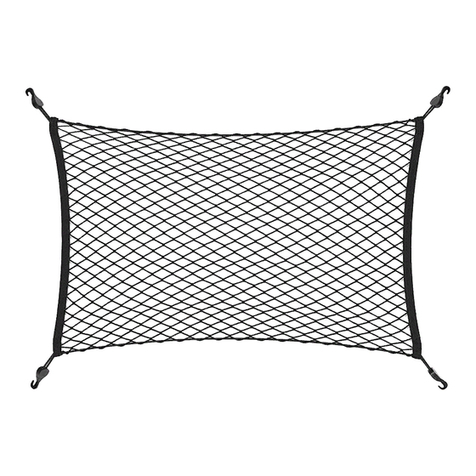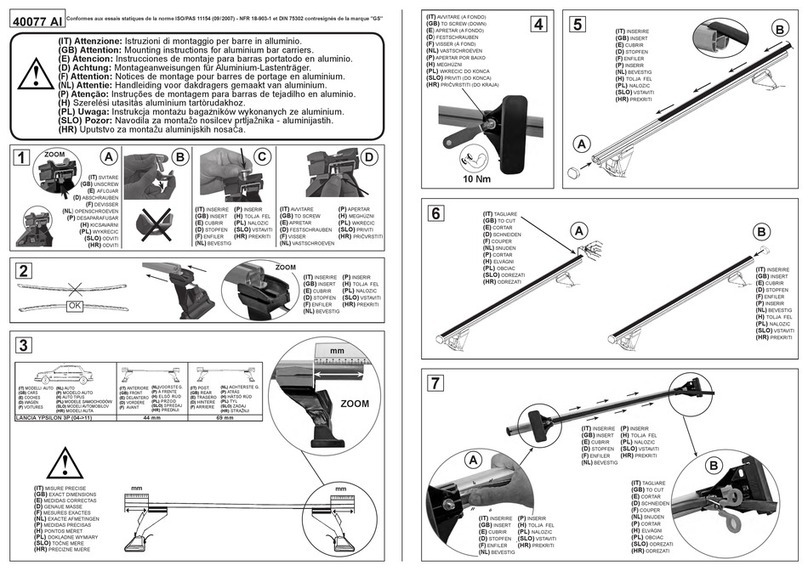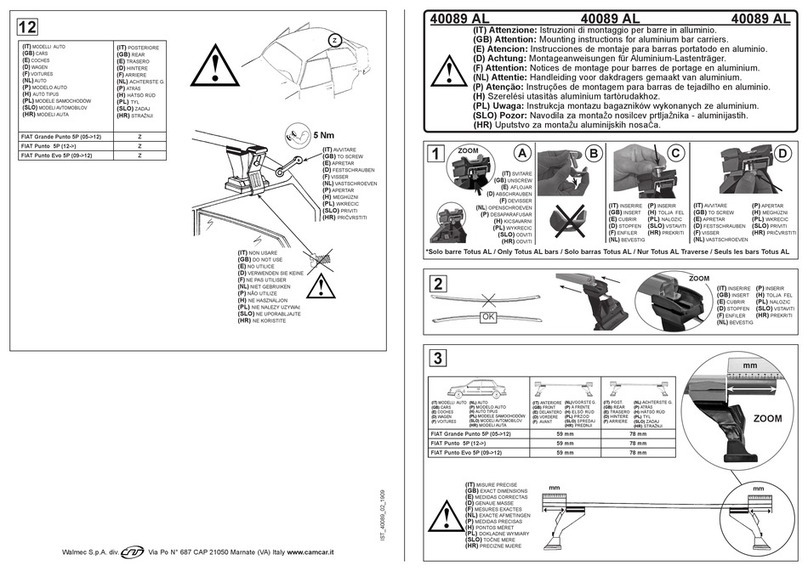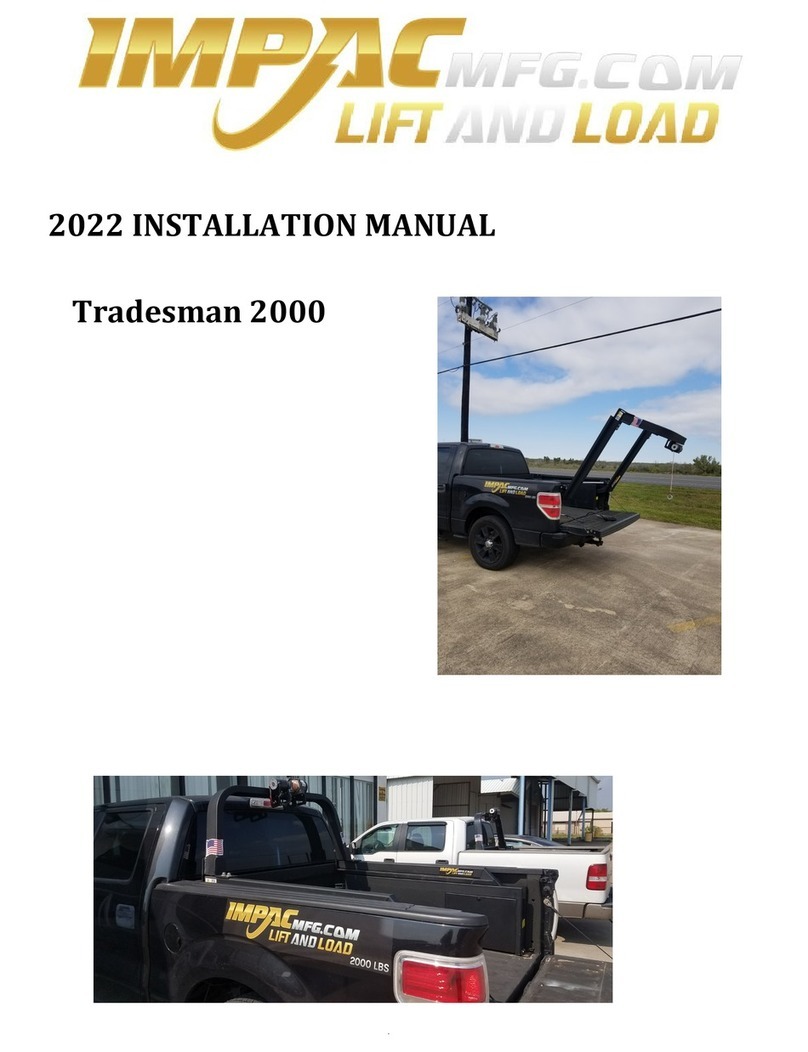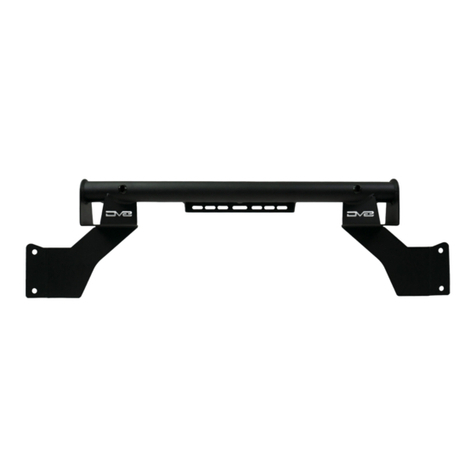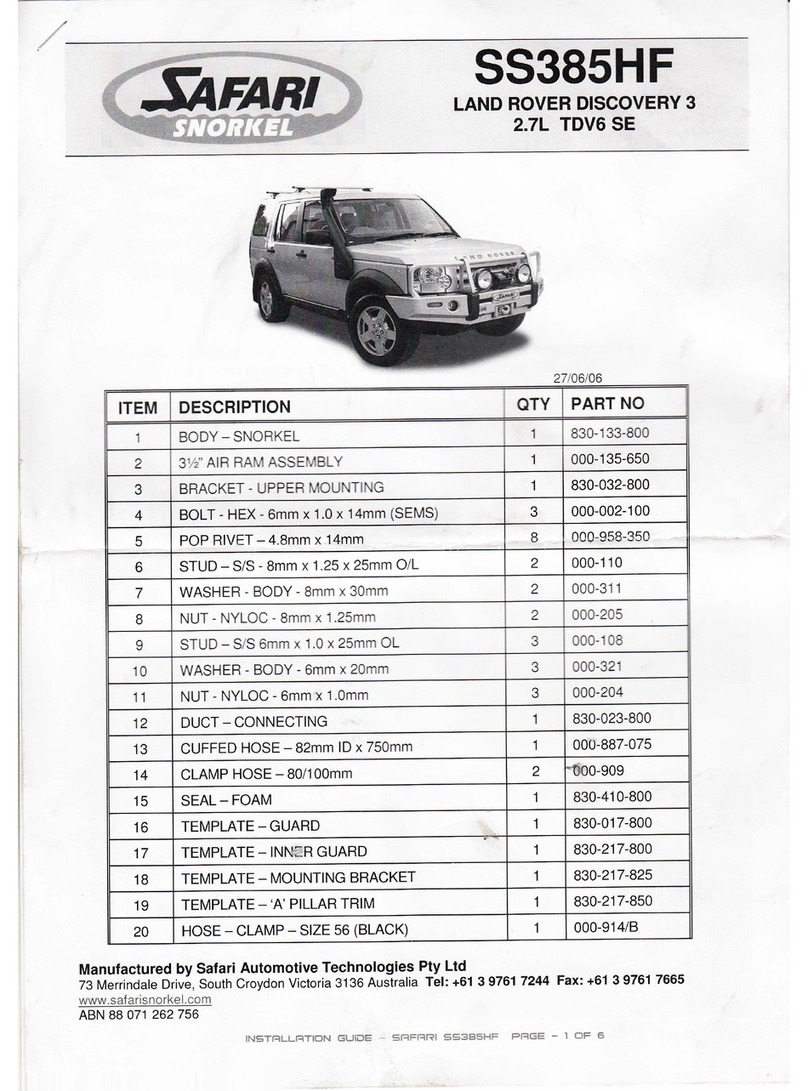
Figure 6
WARNING: During the fuel line installation, DO NOT allow any foreign particles to enter the fuel lines, which could then
cause flooding and may result in a fire.
WARNING: Keep the fuel line away from the EGR valve (if equipped) on the intake manifold.
If installation requires cutting the metal fuel line, cut the fuel line with a good tube cutter. This will minimize the chance of producing
metal chip particles. If a hacksaw must be used then metal chips must be removed.
WARNING: In all cases where the fuel line has been cut, it is essential that it be clean to ensure that no metal particles enter
the fuel bowl after the new carburetor installation. Remove the fuel line at the pump and blow the line clean with
compressed air. DO NOT use the procedure where the coil wire is disconnected, the engine cranked for a few
revolutions, and the fuel collected in a container. This procedure is unsafe because sparking can occur either at
the coil or at the distributor end of the coil wire and ignite any fuel spilled in the engine compartment.
CAUTION: The use of a quality in line fuel filter, such as Holley® P/N 162-523 is mandatory as a safeguard against possible flooding,
which could result from unfiltered particles becoming lodged between the fuel inlet needle and its seat. This can result in
fire if a spark is present or backfire occurs in the engine compartment. Air cleaner filter elements should be blown clean
with compressed air at 6,000 miles and replaced at 12,000 miles to assure maximum protection. Now would be the
perfect time to upgrade to a Holley® Powershot air filter (Holley® P/N 120-146).
Electric Choke Models:
A. Connect the electric choke lead (supplied) to the positive terminal of the choke cap. The other end must be connected to a
good ignition activated 12-volt source. Hookup of this wire is not optional.
WARNING: Connecting the choke cap to the ignition or ignition coil could result in unacceptable choke operation, poor
fuel economy, and possible engine misfiring, since the voltage delivered to the spark plugs will be severely
reduced by the drain imposed by the choke cap. Suitable ignition activated 12-volt sources are most
electrical relays, as well as the leads to accessories, such as windshield wipers. DO NOT connect this wire
to the original equipment (O.E.) electric choke source. This may not be a 12V source.
B. Check the voltage source with a volt-ohm meter to assure proper voltage and choke operation.
Manual Choke Models:
A. Connect the choke control cable (Holley® P/N 45-228) to the choke actuation lever, and lock in place with the choke cable lock
screw (Figure 7).
B. Mount the outer sleeve to the cable clamp.
C. Actuate the choke cable through its full range of motion to ensure full choke operation. Adjust, as necessary.
10. Start the engine and check the fuel lines and inlet fitting for possible leaks.
NOTE: The recommended fuel pressure is 5-7 psi.
11. Recheck to assure all existing vacuum hoses are attached properly. Plug any fittings not used.
